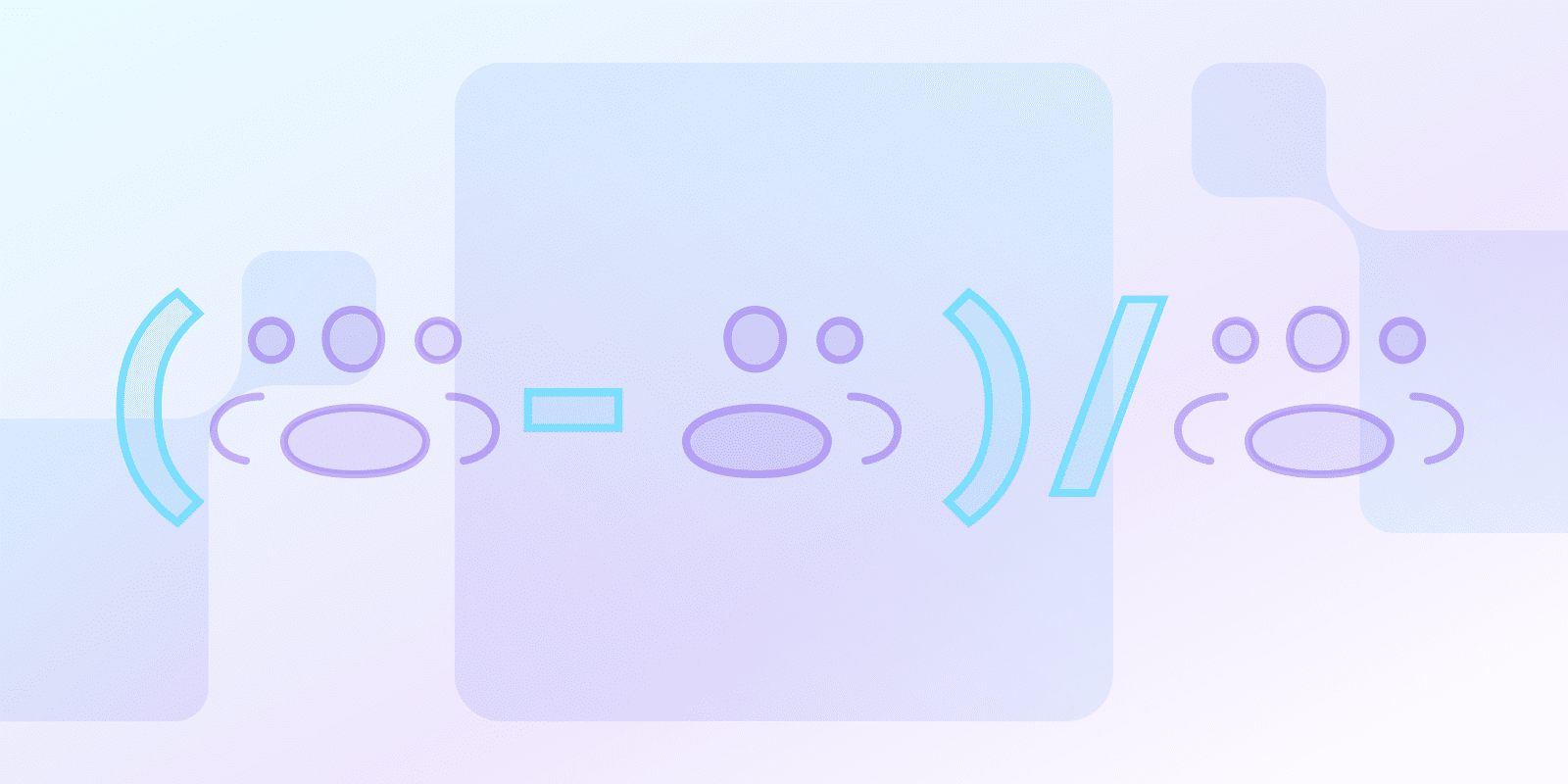SaaS 지표 및 KPI
SaaS 이탈이란?
게시일: 2024년 10월 25일
최종 업데이트: 2025년 2월 4일

SaaS에서 이탈이란?
SaaS 이탈은 지정된 기간 내에 사용자가 SaaS 제품을 사용하거나 비용을 지불하지 않는 비율을 추적합니다. 이는 고객 이탈을 나타내는 중요한 지표로, 고객 생애 가치, 유지, 그리고 궁극적으로 수익성에 영향을 미칩니다.
이탈률은 수익 예측과 고객 해지 가능성을 추산하는 데도 필수적입니다. 고객 만족도와 이탈은 성장, ARR, MRR, 갱신률과 같은 주요 성과 지표에 직접적인 영향을 미칩니다.
왜 SaaS 회사에 이탈률이 가장 중요한 지표인가요?
SaaS 이탈률 또는 고객이 제품 사용을 중단하는 비율을 분석하면 성장과 수익에 영향을 미치는 요인에 대한 귀중한 통찰력을 얻을 수 있습니다. 고객 이탈이 과도하면 고객을 확장하고 매출을 늘릴 기회를 놓칠 수 있습니다.
이탈률을 주의 깊게 살펴보면 고객 불만의 원인을 파악하고 고객을 유지하는 데 필요한 조정을 할 수 있습니다. 이탈률이 높으면 SaaS 비즈니스의 장기적인 생존 가능성과 수익성이 위협받을 수 있으므로 이를 완화하기 위해 신속하게 조치를 취해야 합니다.
| 지표 | 고객 이탈 | 매출 이탈 |
|---|---|---|
| 정의 | ||
| 측정 대상 | 고객 이탈률 | 고객 이탈로 인한 재정적 영향 |
| 계산 요소 | ||
| 주요 고려 사항 | 총 이탈 고객 수 | 다운그레이드 및 취소로 인한 매출 손실 |
| 영향의 정확도 | 기본 고객 이탈률 | 자세한 재무 건전성 평가 |
| 비즈니스 영향 | ||
| 전략적 인사이트 | 전반적인 고객 만족도 | 직접적인 재무 성과 |
이탈률을 계산하려면 특정 기간의 시작 시점에 보유한 고객 수를 파악해야 합니다. 원하는 빈도에 따라 한 달, 세 달 또는 1년이 될 수 있습니다.
Churn율을 평가하려면 주어진 기간의 시작 시점에 보유한 클라이언트 수를 파악하세요. 원하는 빈도에 따라 한 달, 세 달 또는 1년이 될 수 있습니다.
다음으로, 같은 기간 동안 잃은 고객 수를 파악합니다. 계정이나 구독을 취소하는 등 다른 방식으로 귀사와 거래를 중단한 고객이 여기에 포함됩니다.
잃은 고객 수를 기간 초에 보유한 총 고객 수로 나눕니다. 결과에 100을 곱하여 백분율로 표현합니다. 이것이 이탈률입니다.
예를 들어, 한 달을 1,000명의 고객으로 시작하여 그 달 동안 50명을 잃었다면 이탈률은 5%(50 / 1,000 = 0.05 * 100 = 5%)가 됩니다.
고객 이탈률과 수익 이탈률의 차이점은 무엇입니까?
두 가지 차이점은 다음과 같습니다.
- 수익 이탈률은 다운그레이드를 포함한 손실의 재무적 영향을 계산하는 반면, 고객 이탈률은 손실된 소비자의 비율을 계산합니다.
- 수익 이탈률은 각 고객이 창출하는 수익을 고려하기 때문에 회사의 재무 건전성에 미치는 영향을 더 정확하게 추산할 수 있습니다.
이 두 가지 지표를 모니터링하면 이탈률이 회사에 미치는 영향에 대해 더 완전한 그림을 얻을 수 있습니다. 프리미엄 회원 이탈률이 재무적 결과에 영향을 미칠 수 있지만, 재무적 영향을 완전히 설명하지는 못할 수 있습니다.
고객 이탈의 주요 원인은 무엇입니까?
고객 이탈로 이어질 수 있는 원인은 다음과 같습니다.
- 일관되지 않은 가격 책정
- 제품 결함
- 경쟁사의 압박
- 회사 내부 운영의 변화
- 인식된 가치 부족
- 부적절한 고객 서비스
- 리더십에 대한 제한된 접근
기업은 효과적인 [name]을 개발하기 위해 고객 이탈의 근본적인 이유를 이해해야 합니다. 유지 전략.
기업은 경쟁력 있는 가격, 더 나은 제품 품질, 더 우수한 고객 서비스, 임원과의 개방적인 의사소통 채널과 같은 전략을 구현하여 직원 이탈률을 줄일 수 있습니다.
이탈 위험이 있는 고객을 어떻게 파악할 수 있습니까?
데이터 기반 전략을 사용하여 떠날 가능성이 있는 고객을 파악할 수 있습니다.
이러한 전략에는 고객 대화를 분석하여 이탈 위험 지표를 파악하는 대화 인텔리전스 플랫폼, 특정 그룹 내에서 고객 활동을 추적하는 데 도움이 되는 코호트 분석, 이탈 가능성을 예측하는 고객 데이터 패턴을 평가하는 예측 분석이 포함됩니다. 고객 데이터 패턴 이탈 가능성을 예측하고, 다음과 같은 회사 수준의 변화를 모니터링합니다. 합병 고객 행동에 영향을 미칠 수 있는 인수
위험에 처한 소비자를 조기에 파악하려면 다양한 출처에서 정보를 수집하는 것이 중요합니다. 떠날 것을 고려하고 있는 고객을 파악하면 회사는 우려 사항을 해결하고 떠나는 것을 방지하는 조치를 우선시할 수 있습니다. 이러한 전략은 특정 비즈니스 모델과 부문에 맞게 조정해야 한다는 점을 기억하는 것이 중요합니다.
결론
SaaS 이탈률은 사용자가 SaaS 플랫폼에 대한 비용을 지불하거나 사용하지 않는 비율을 나타내는 주요 지표 중 하나입니다. 이탈률은 수익, 고객 수명 가치, 유지율에 즉각적인 영향을 미치므로 지속적인 성장과 수익성을 달성하려면 이탈률을 추적하고 해결해야 합니다.